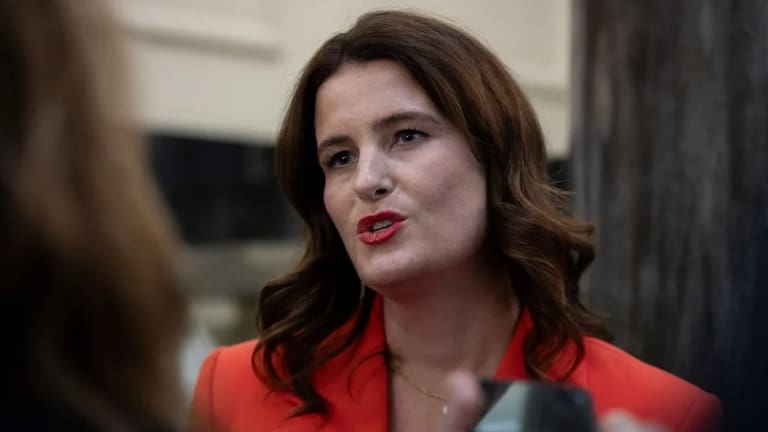Gagana Sāmoa is the third most spoken language in New Zealand, yet the number of people speaking it is declining at an alarming rate. Papatoetoe High School in South Auckland is trying to stop this, Re: News journalist Zoe Madden-Smith reports.
What started as one Year 9 class in 2017 is now eight classes taught by Gagana Sāmoan language teacher Timo Morisa.
He says the decline in Sāmoan language speakers is because less Sāmoans go to church nowadays, and some families have put Sāmoan on the “back burner” to prioritise learning English to get ahead and secure education and careers in New Zealand.
“I grew up in a Sāmoan church with my family. It was full-blown language learning weekly, Sāmoan singing, Sāmoan sermons, people spoke to you in Sāmoan,” he says.
“But the times have changed, and I feel like the generation today has lost that inlet of cultural and language learning. NCEA is literally a gateway to us revitalising and keeping the language and culture alive.”
A language in steady decline
According to the 2023 Census, 2.2% of New Zealanders speak Sāmoan.
Stats NZ data also shows 48.4% of New Zealand Sāmoans speak the language – a number which has been steadily declining. In 2018, it was 50.4% and in 2013, it was 55.6%.
Morisa says despite some students having parents who are fluent in Sāmoan, it’s not uncommon for students to only know a handful of words.

That was Papatoetoe High School student William Sauaso-Rasch back in Year 9.
He didn’t learn Sāmoan growing up because he says his parents wanted to make sure they prioritised English so he would “succeed at life”.
“I don't blame them at all for not teaching me Sāmoan,” he says. “They were preparing us for the future, they knew that our future was mainstream.”
But now, being part of Morisa’s class, William is reclaiming his language.
“It's quite funny because growing up, we didn't speak Sāmoan back to our parents, but now they're hearing us speak back and they’re like ‘what the heck?’
“It's such a weird feeling for them, but it's so cool to see their reactions that we are actually trying,” he says.
More than just a language class
As part of the class, Morisa and 40 students and caregivers went to Sāmoa for two weeks to immerse themselves in the culture. They visited historical sights, did performances around the islands, and learnt how to make Siapo (Sāmoan tapa cloth, a traditional art form made from the inner bark of the paper mulberry tree, which is then beaten into a large textile).

“It was some people's first time on a plane. Some others had never been to Sāmoa,” Morisa says. “It was phenomenal. One student said, ‘This wasn’t the highlight of my year. This was the highlight of my life.’”
William, who has now been on the trip twice, had previously only been to Sāmoa once with his family when he was six-months-old.

“It was such a rich cultural experience that I can’t just explain to you. Sometimes you just have to be there to experience it yourself,” he says.
“We don't learn just the language. We learn absolutely everything, everything in the same one spectrum. And that's what I love.”




















SHARE ME